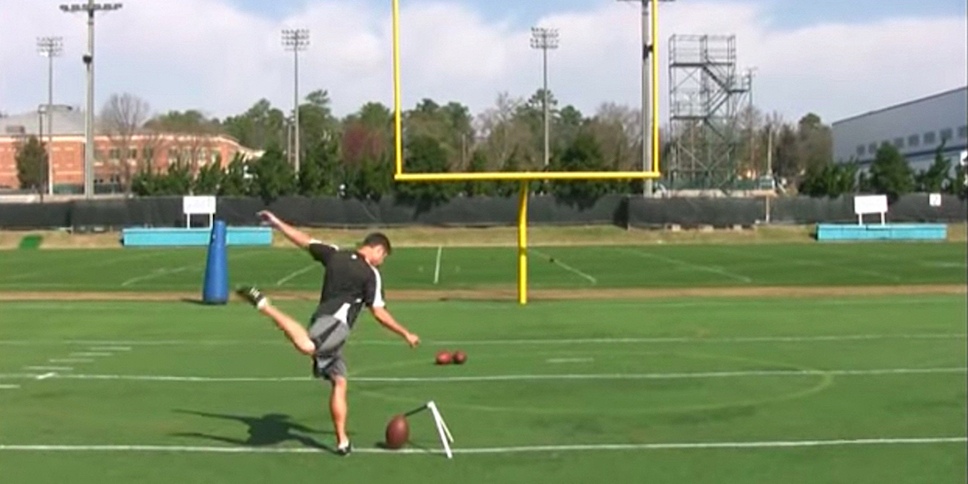By Dom Serafini
In the U.S., football games are played with the hands. The only times the oval ball touches a foot is at kickoffs, puntings (kicking the ball before it hits the ground), and when a player kicks it for an extra point after a touchdown. In “real” football, the only player who can handle the round ball with his hands is the goalkeeper. If any other player dares to touch the ball with any part of the arms, it calls for a penalty, and if the infraction happens inside the goal area the offending team is subject to a free goal kick.
Europeans (among others) used to say that American football is custom-made for television since the pause between each two-minute action allows for commercial time. The only drawback is that the game can last longer than expected, causing delays in the networks’ programming schedule.
With football (which in the U.S. and Canada is known as “soccer”) games, the action is constant, intense, and fast-paced, with the only commercial breaks taking place at halftime. Plus, the duration tends to be well contained in the allotted 90 minutes, with the exception of a few more minutes added to compensate for stoppages (often caused by injuries), or in knockout matches where a winner is required.
American football is also blamed for the long delay in making soccer popular in the U.S. because, it has been said, Americans are used to dealing with high scores, and the meager goal points in soccer, where teams can finish with no-score draws tends to disappoint sports fans. In American football, after a team scores a touchdown, said team is allowed to kick the ball to get an extra point for a total of seven points for a touchdown. Without a touchdown a goalpost kick gets the team just three points, and games end up reaching scores in the 70-point range. One game once reached 113 points!
I’m not the only one wondering about the success of American football. Indeed, reading a Wall Street Journal review of a new book titled Why We Love Football (by Joe Posnanski), I found out that the author likes baseball much more than football. Curiously, during the last annual Super Bowl, when the game between the winners of two leagues was watched by 123.4 million U.S. TV viewers, 19 percent of the viewers did not even pay attention to the game. A whopping 82 percent of viewers tuned in to watch the Super Bowl’s Halftime show. Another popular attraction is also the original commercials aired during the numerous breaks. Others tuned in to catch glimpses of Taylor Swift, who was there to cheer on her boyfriend.
Nonetheless, in 2021, the National Football League (NFL) signed an 11-year $111 billion media rights deal. At the global level, NFL games can reach TV audiences in the order of 63 million, while soccer can be viewed by five billion people worldwide.
On a personal note, years ago, while filming high school football games, I thought of doing the coach a favor by zooming in on the players, but it turns out that I was following the wrong action, so the coach missed the players who had the balls.












Leave A Comment